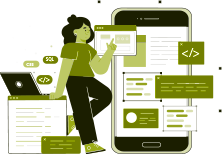
Top Mobile Technologies Used to Develop Apps in 2022 & beyond
16 March 2022
Whether you’re a CTO or an independent entrepreneur, if you work in tech in any capacity then you know that smartphone applications are the future.
Today there are more than 5 billion active mobile device and tablet users worldwide. Experts predict that by 2025 this number could rise to up to 6.1 billion. So, if brands and businesses want to survive, many will have no choice but to embrace mobile technology, and all the opportunities it can bring.
This blog will discuss the mobile technologies that look set to change the world in 2022 and beyond. We’ll explore the key tech trends for mobile technology that could help you win the brand war you may not realise you’re already in. Finally, we’ll assess the most important technology frameworks that your app developer or CTO should consider before taking that vital first step into the mobile world. Take note: this blog is more technical than our others!
An Essential Introduction to Mobile Technology
First, let’s explain just what we’re talking about when we say “mobile technology”.
“Mobile technology” is any form of technology that allows users to access the internet using their cell phone. These mobile devices have brought significant changes to the way we communicate with each other. Whether they’re tablets or cell phone(s), all of these mobile tech operate on the basis of data transmission protocol.
What is data transmission protocol in mobile technologies?
The data transmission protocol is a way of transmitting information between two systems. Mobile technology comprises computer software and hardware. It uses an integrated networks architecture to allow multiple transmitting units to transmit data to the same channel between multiple cell phone(s).
This sort of technology has been with us since the early 1970s, when it was used in pagers. Now known as mobile computing, it is used in tablets, cell phone(s), wearable devices, and other variations of mobile devices.
Generally, mobile tech fall into two major categories:
1.) Core mobile technology: Core mobile tech deal with the transmission and reception of data between mobile devices and mobile networks. The data is transferred through radio waves. It could be GSM, 5G, or LTE (Long Term Evolution).
2.) Mobile App technology: Applications are small programs that can run on mobile devices such as your smartphone or tablet. Apps enable us to do almost anything with your mobile device, from checking the news to socialising with friends.
Examples of common technology used in mobile devices
The internet revolutionised mobile technology. Thanks to the internet, you can access information on your mobile phone anywhere in any country, without worrying about mobile networks or your data plan.
Examples of mobile tech include cell phones, wireless networks, cellular technologies, mobile commerce, edge computing, short message service, Bluetooth, and so on.
Types of Mobile Applications
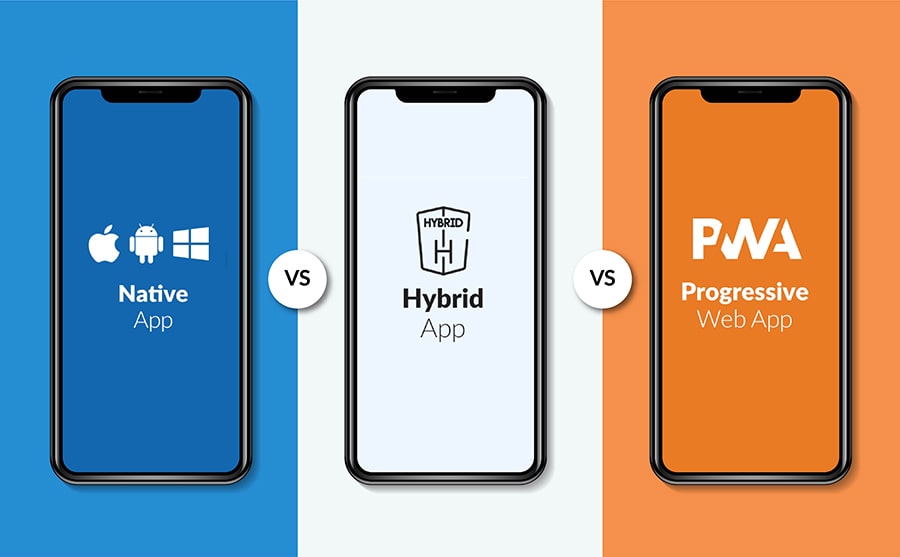
Before we explore the best mobile tech for app development, let’s take a moment to understand the different types of apps that exist.
Native Apps
Native apps are designed specifically for one platform to provide a consistent user experience on all mobile devices. They don’t often work on another platform because they are made with the specific features of their respective operating systems in mind. For example, if an app is natively designed using iOS app development services, then it won’t work on Android, and vice versa.
Native apps often offer superior features and performance over websites or native mobile webpages. This means they will always be responsive in all conditions.
Developers design native apps with the aim to deliver a high-quality user experience. These types of applications can be found on most smartphones and tablets that run iOS or Android systems. These platforms also host an app store where developers may upload their apps if they meet specific criteria, such as size restrictions and security parameters.
Examples of native apps – WhatsApp, Spotify, Magento 2 POS, SoundCloud.
Hybrid Apps
Hybrid apps are a mixture of native and web technologies. Unlike native apps, they can often work on multiple operating systems with no difficulty at all. This ensures that customers don’t need multiple separate applications to get the same experience across their various mobile devices. This can be more convenient for the customer, and it can also save app developers time, resources, and capital.
Hybrid app development might be thought of as an evolution of the traditional app development process. Rather than building separate native applications for all major platforms, hybrid technologies allow developers, designers, and clients with varying skill sets to work together on one codebase. At the same time, they can make up-to-date versions available across multiple OS without requiring users to download them again every time something changes elsewhere in your organisation.
Examples of hybrid apps – Instagram, Gmail, Twitter, Evernote, iBooks.
Progressive Web Apps
A progressive web app is essentially a website that functions like an application. It can be used anywhere, and it will work on any device with internet access. These apps are designed for mobile devices with fast connections and low latency times to deliver an exceptional experience in all circumstances.
Progressive web apps offer users more features than standard web pages. They stand apart from the sort of websites that only offer one function depending on the type of device you’re using.
Building PWA apps allows you to effectively bridge the gap between responsive and native apps. They can incorporate advanced features and capabilities not currently supported by browsers, such as offline mode, push notifications, global positioning system, and data-saving compression algorithms. These take up less space than regular sites do, which means they load quicker and allow for faster and more engaging browsing.
Examples of Progressive Web Apps – Pinterest, MakeMyTrip, Twitter Lite, Flipkart, Alibaba, Starbucks.
Top Mobile Technology Trends to Develop Futureproof Smartphone Apps

Let’s explore the trends you should consider when planning your next mobile app project.
Artificial Intelligence in Mobile Apps
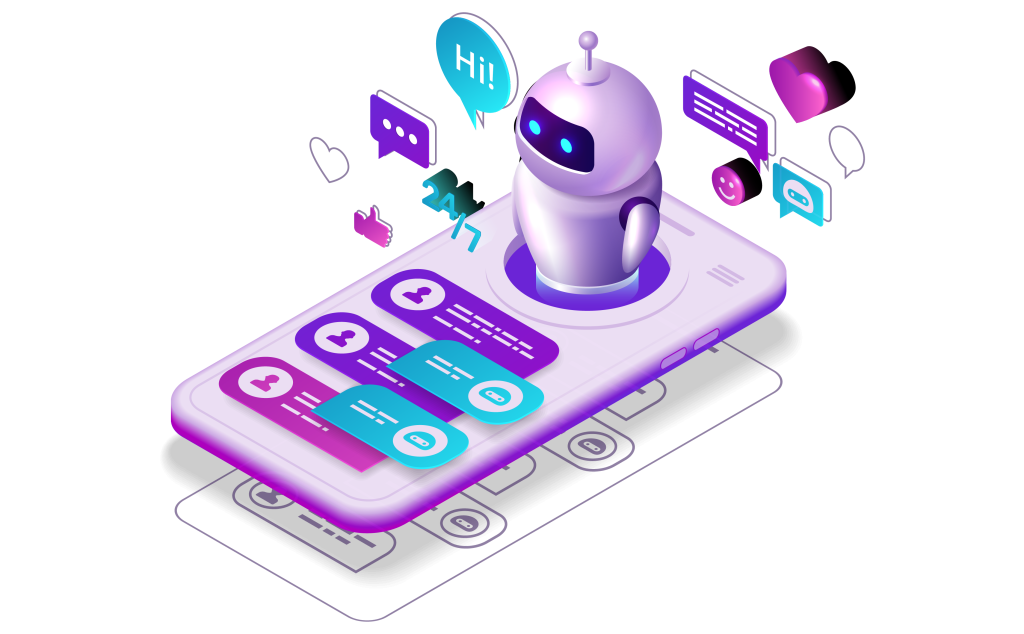
Artificial Intelligence (AI) is a hot topic these days. It’s changing the way we live, work and play. It’s also revolutionizing the world of smartphone apps. For example, speech recognition allows you to dictate your text instead of typing it. Facial recognition can verify a user’s age or identity, saving them from having to re-enter their password every time they access an app. But these are just two examples. There’s really no limit when it comes to the possibilities AI brings to mobile programs.
Examples of apps that use AI – Amazon’s Alexa, Siri, FaceApp, Fyle.
AR and VR in Mobile Apps
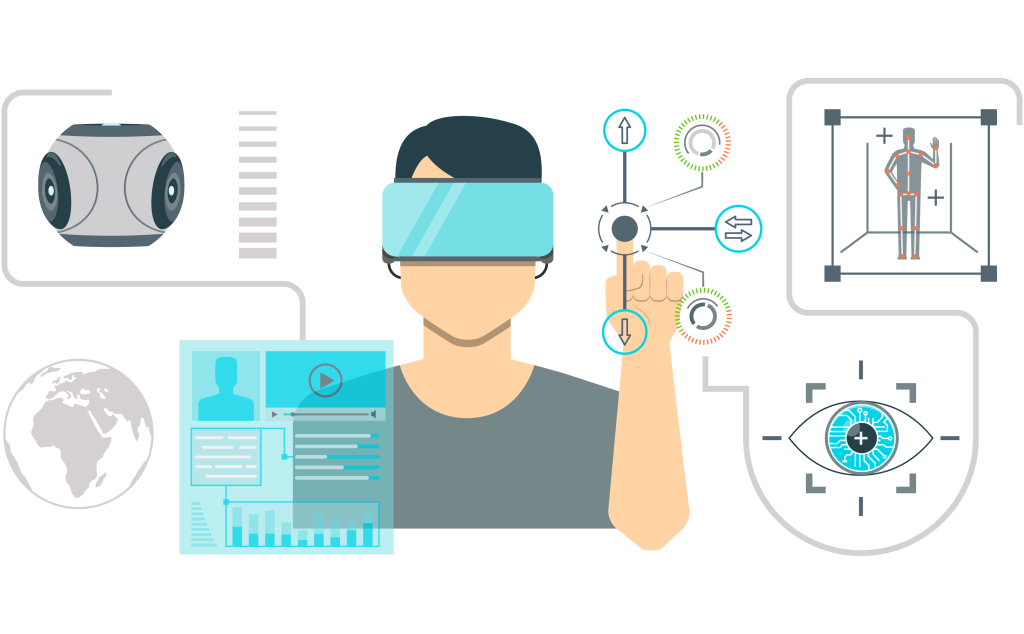
AR is augmented reality, and VR is virtual reality. AR and VR have been used in apps to create more immersive experiences – particularly when it comes to gaming. But this mobile technology trend has proven a game-changer for education, eCommerce, and real-estate industries too. AR and VR can allow users to perform the sort of tasks remotely that they might otherwise have required travel. This technology is mostly seen in form of portable devices. One can simply wear a VR headset, and experience the virtual form of any place around the planet. VR portable devices are also pretty economical and affordable for general public. On the contrary, augmented reality devices are still a bit expensive for the masses.
Examples of apps that use AR and VR – Ikea mobile app, Pokémon Go, L’Oréal Makeup App.
5G-Ready Mobile Apps

The 5th generation of wireless connections, known as 5G, will bring about revolutionary changes in how we use our mobile devices, general packet radio service, and apps to interact with the world. 5G has increased bandwidth, which allows for more data transfer in less time. This means faster loading apps and web pages, and more reliable gaming and video streaming. But it also means that, for example, remote healthcare workers can stay in touch with their patients without any connectivity issues.
5G wireless networking could also help drive economic growth by making businesses more efficient – especially those who provide services like eCommerce, as they’ll be able to process orders faster than ever before.
Do you run an eCommerce business? Make sure you check out these 15 top tips to consider when planning and creating an eCommerce website.
Blockchain Technology in Mobile Apps
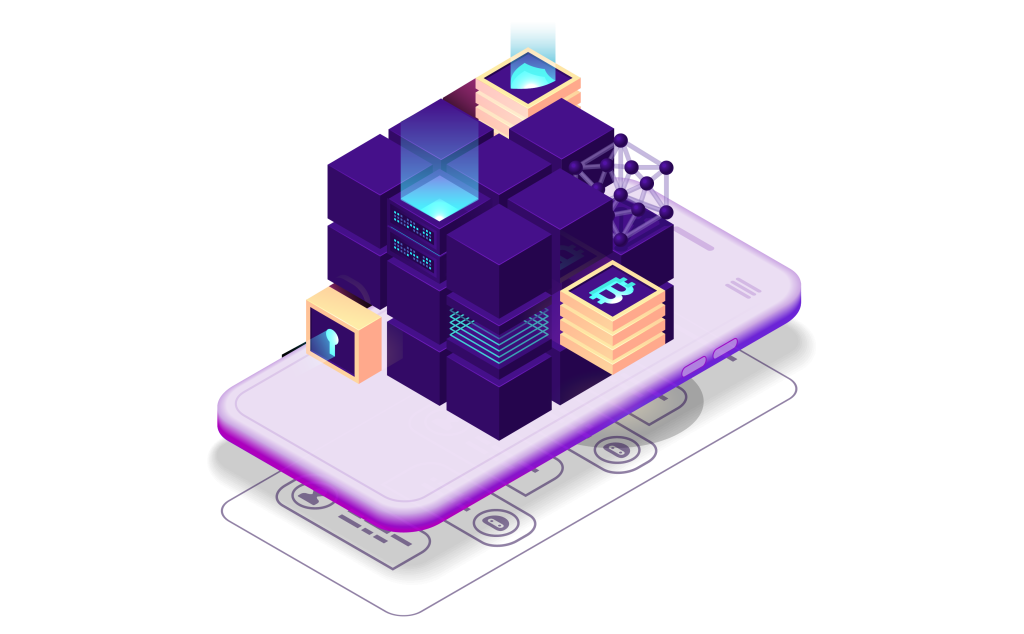
Blockchain technology streamlines processes by creating a digital ledger that records transactions between multiple parties.
It is a distributed database that uses cryptographic hashing to secure the network’s transactions, making it impossible for anyone (including miners) on these networks to make edits or delete records stored in the ledger. This mobile technology is primarily considered when security of data and an individual’s identity is the main concern.
As more people turn to their mobile phones instead of desktop computers for everything from checking email to browsing social media, blockchain is becoming an increasingly popular way to maintain decentralised systems that can provide greater security as well as efficiency.
Blockchain’s growth has created a wealth of new opportunities for app developers. Think back to five years ago when iTunes first launched. It allowed people to buy music online through Apple Stores instead of stores near them, which helped boost sales tax revenue across states. Apple now uses blockchain technology to make this service more streamlined than ever before.
Examples of apps that use blockchain technology – Burst IQ, KYC-Chain, Chainyard, etc.
Wearable Ready Mobile Apps
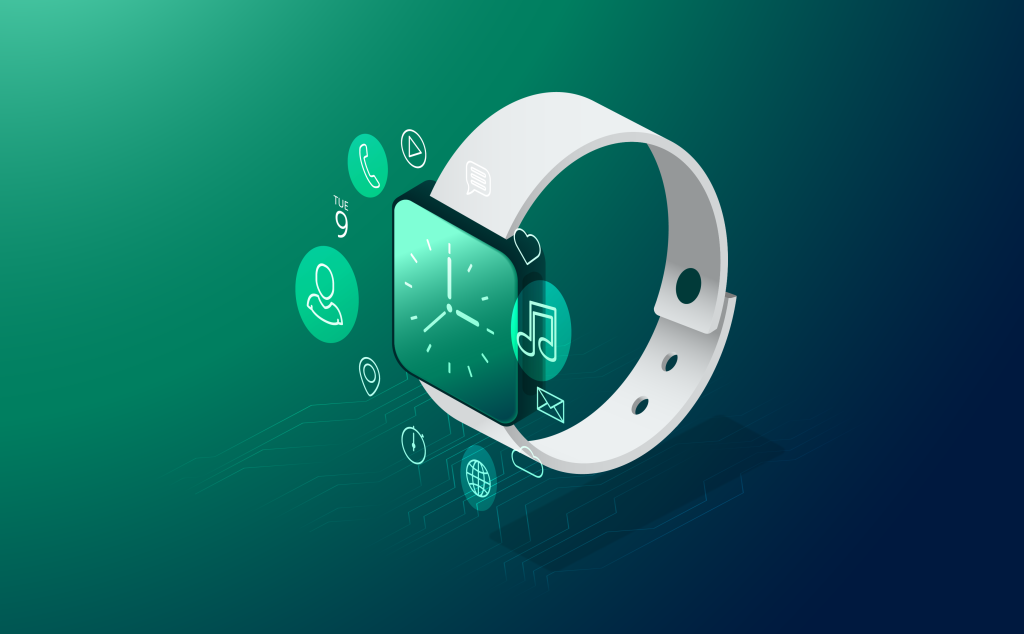
Wearable technology is the future! The trend of wearing devices on your wrist has been steadily growing, with an estimated 50 million people in the UK doing so.
Although this technology uses bracelets and watches that can be worn on your wrist or around one’s ankle, its main source of command is from smartphone apps. One must install the official mobile app of that wearable device to control and automate its features and functionalities.
These wearable products have become a new way for people to keep track of their daily lives by recording steps, receiving calls, checking emails, which makes life effortless without having you pull out your mobile phone again and again.
A great way to leverage this mobile technology is by investing in a Wearable app. Or, you can make your existing mobile app, wearable ready. These apps consume very minimal battery power and resources, which means you will hardly ever run out of juice while you’re out and about. Moreover, wearable mobile technology is much cheaper than the others we’ve discussed above.
Examples of Apps that Work with Wearable Devices – Google Pay, Telegram, Calm, Spotify, Accuweather, etc.
Cloud-Based Mobile Apps
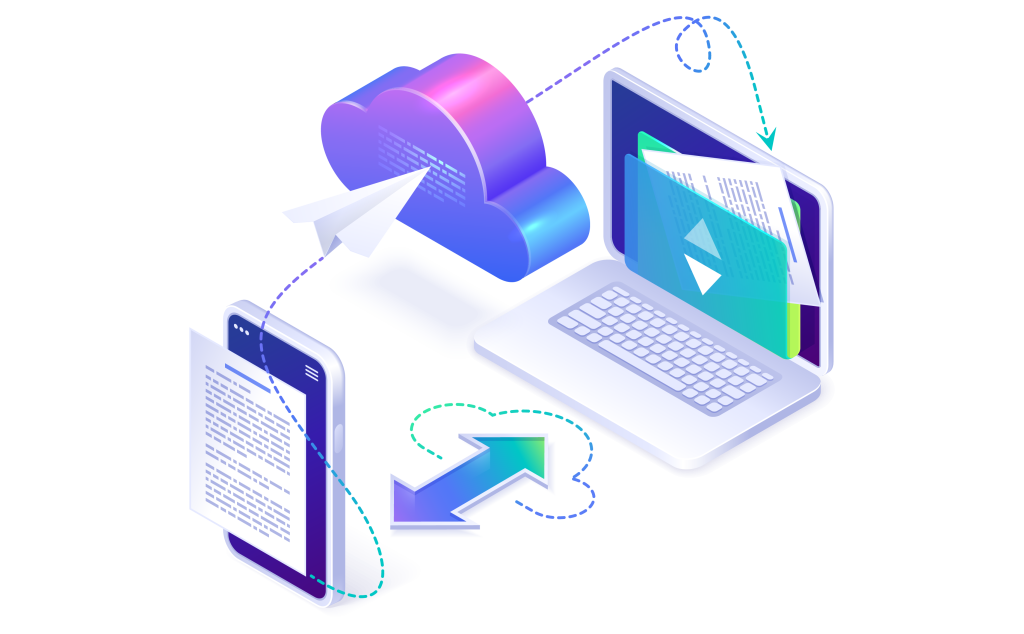
Apps are a great way to provide content on the go. Now with cloud-based storage, users can securely access data from anywhere that has an internet collection, so there’s no need to carry physical copies of documents or cards.
Some apps support cloud technology that syncs automatically with a user’s online account. This means that users can continue to use the app even when they’re offline, or in a place with a poor connection.
This mobile technology can help improve your app’s performance and ROI by offloading work to your servers. This makes it easier and faster for you to respond to customer complaints or inquiries about orders that have been placed online through one of these apps, as you’ll be able to do so on any device that has an appropriate operating system.
Head here to read our guide to measuring ROI for apps
Examples of Cloud-Based Apps – Adobe Creative Cloud, Mailchimp, Salesforce, Google Drive.
Top Mobile Technology and App Development Frameworks in 2022

As well as understanding the mobile tech trends that are dominating app development in 2022 and beyond, it’s equally important to understand the trending frameworks used in modern mobile app development.
What is a mobile technology and app development framework?
Mobile technology and application development frameworks are a collection of tools and languages that help developers create powerful solutions for iOS, Android, or Windows Phone. Think of these frameworks as the foundation of your app. They provide you with core features and tools that will be used through the entire app development process, from initial design to final testing.
These pre-built solutions can also make the development process a lot simpler. This means you can get your product to market faster while maintaining high-quality standards. These mobile technology and app development frameworks abstract much of the low-level code, allowing other developers to focus on what they’re best at.
1) React Native

React Native is a popular cross-platform app framework that allows your developers to code without worrying about maintaining native iOS or Android apps.
The concept of React Native was developed by Facebook and Instagram, but it’s now being used to develop applications on different computer technology including Windows and macOS. It provides great flexibility in how your app will look and perform depending upon what device or browser you’re using to check.
React Native makes it possible to develop simultaneously across multiple devices. It also allows for seamless scaling without the need for any codebase rewrites. This is thanks to its rebuild architecture, which works best for web developers who are already accustomed to building single-page applications.
Benefits of React Native Mobile Technology Framework
1. Best-in-breed Performance
2. Reusable Components
3. Fluency with third-party extensions
2) Flutter
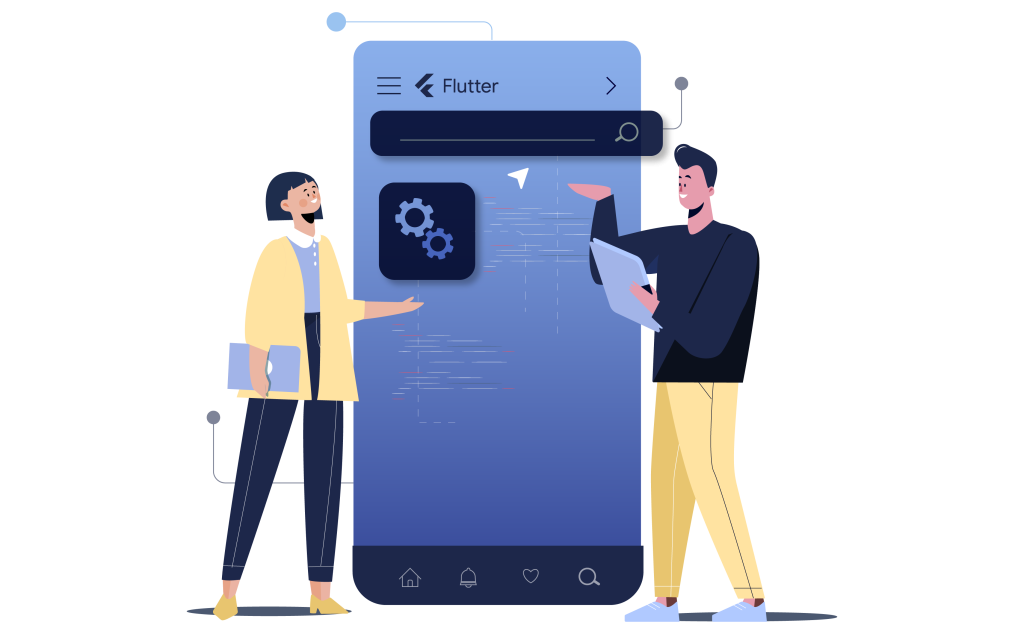
The Flutter project started out as an experiment by Google to see if they could make coding easier for developers without any prior knowledge or experience. It allows developers to create applications and games from their homes using one codebase across iOS & Android devices.
The best part about this framework is that it makes app development possible even for small businesses and start-ups. There’s no upfront fee required. Instead, what you pay is based on any revenue your application generates.
Flutter is also a modern game and android app development framework that lets you write your apps in the language of your choice. You can use JavaScript, CSS, or HTML/CSS, and it also supports Dart for fast compile times.
Benefits of Flutter Mobile Technology Framework
1. Cross-Platform
2. Native like performance
3. Create engaging visuals
4. Faster development
5. Easier for beginners
3) Java
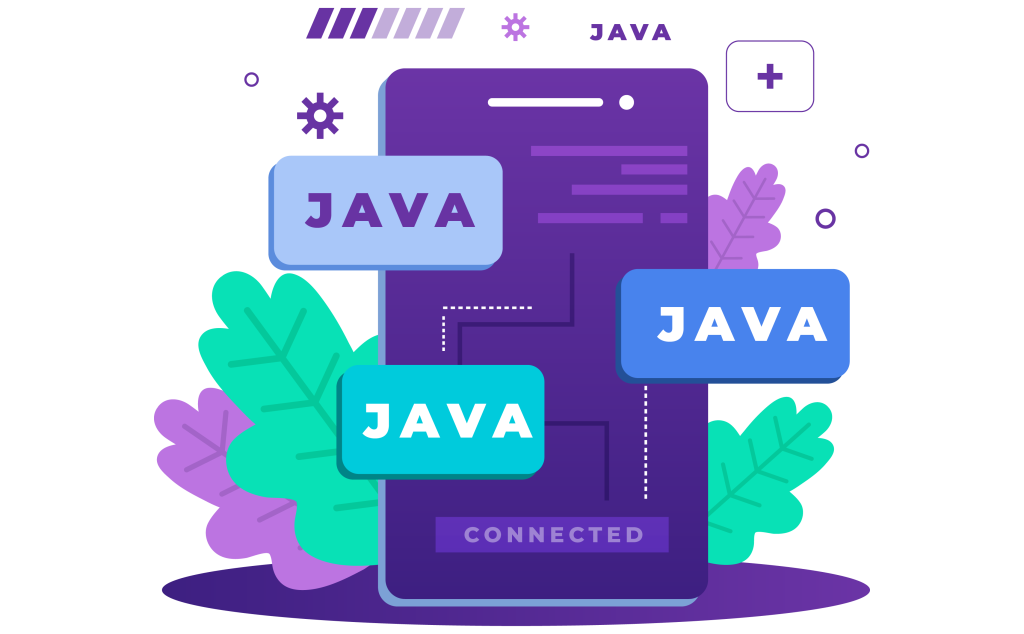
Java is an object-oriented programming language designed to create high-performance applications.
It is one of the oldest programming frameworks still in use today. Its cross-platform capabilities provide developers with great flexibility when making their apps available on multiple devices, including smartphones or desktop computers.
Another unique feature of Java is that it lets developers switch easily between different parts of their systems through data structures.
Highlights of the Java Mobile Technology Framework
1. Huge library of modules
2. Used worldwide
3. Easily scalable
4. Faster render speed
Python
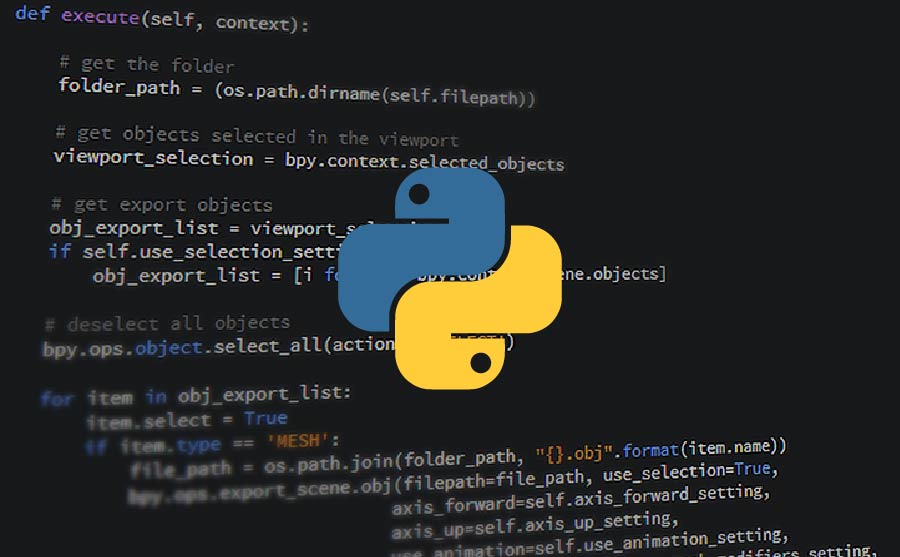
Python is a powerful programming language that has been around since 1991. It remains one of the most popular choices among programmers today because of its simple syntax, and its ability to work with large data sets.
Python is powerful enough to manage heavy duty tasks including big data calculations and the development of web applications with server-side rendering.
Companies today use Python to develop software applications, AI driven apps, intense mobile games, and advanced web services. It offers extensive libraries of modules as well as exciting features like closures, which allow you to isolate pieces of code so they can be executed independently from each other, or even quickly prototyped without the need for a finished application.
Benefits of the Python Mobile Technology Framework
1. Easiest learning curve
2. Best for AI & Machine Learning-based smartphone apps
3. Sits well with other programming languages
4. Offers various pre-built modules to speed up processes
Xamarin
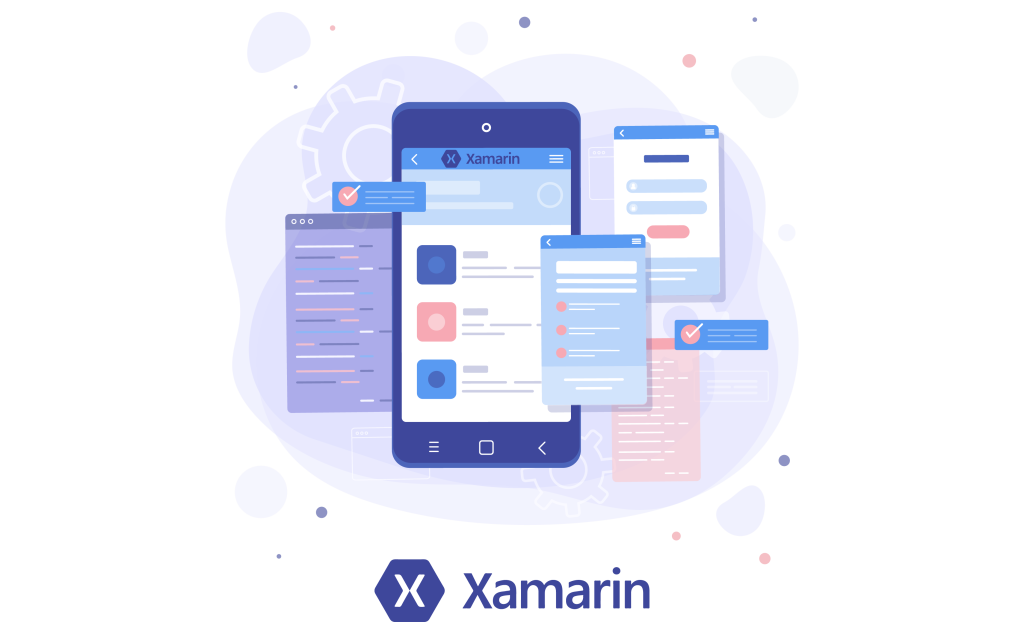
Xamarin is an excellent tool for cross-platform application development. It allows you to build applications using C# or F# with .NET on Mac, Linux and iOS devices.
It’s a tool that lets developers write high-performance code once, before running it anywhere without the need for different versions of libraries or APIs on each OS platform you’re targeting. This saves money!
Xamarin also allows you to convert one source (.sln) file into Android Studio projects (.java files). This means less time spent coding functionality across various engines, and more time for creative thinking.
Benefits of the Xamarin Mobile Technology Framework
1. Quick advancement
2. Appearance & feel of a native app
3. Easily compatible with a variety of devices
Ionic
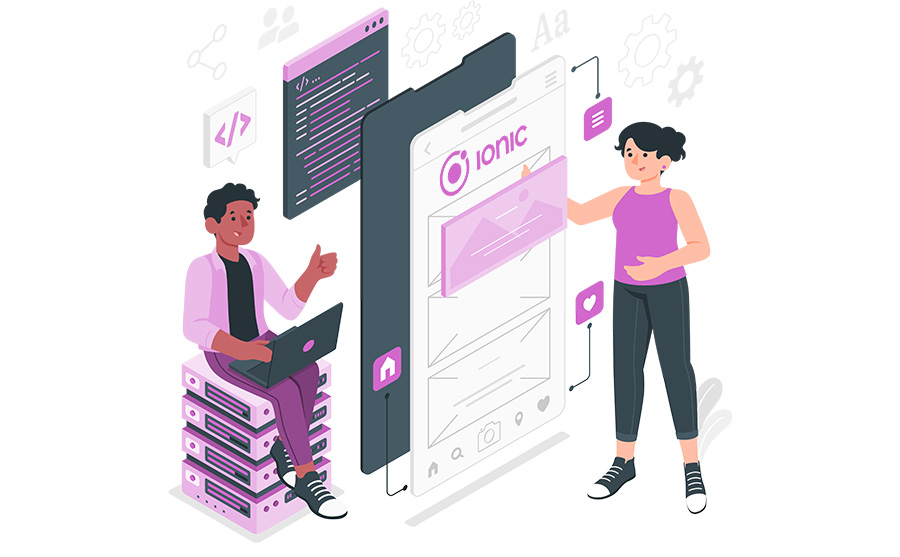
Ionic is a framework for building high-performance apps. It has all of the features you would want or need, including variables & functions, and it even has its own built-in language processor.
It’s easy to use because it’s template-based, meaning everything happens inside one file. There are no external libraries required, which makes development faster since they’re already included by default. This also reduces future maintenance costs.
Ionic is widely used in the development of Progressive Web Apps (PWAs), hybrid, and cross-platform mobile applications because it uses Apache Cordova (PhoneGap) along with Angular to help developers create Android and iOS applications that seamlessly operate together.
A major benefit of Ionic is that it lets mobile app developers employ various UI components in the application framework, including filtration, inputs, views, action sheets, and easy navigation.
Benefits of the Ionic Mobile Technology Framework
1. App development for many platforms
2. Consistent user interface
3. Enhanced performance
4. Amazing flexibility
Final Suggestions
The future is here! We’re already seeing the effects of mobile technology on our daily lives and we can only imagine the changes we’ll see in 2022 and beyond. If you want to develop apps that won’t feel outdated within the next five years, then consider including the trends we’ve discussed above.
Our expert mobile technology developers have handpicked these trends as potential deal-breakers for any business. But if you’re feeling confused or overwhelmed by the world of mobile technology, then chilliapple is here to help.
We have been offering fully bespoke mobile app development services for over 14 years. We’ll develop mobile technologies that align with your business and help it thrive in the long-term. Companies hire our dedicated developers to their mobile app design, prototyping, deployment and maintenance. Quality and precision is at the heart of everything we do.
So are you up for a quick no-obligation chat? Let’s do it!


